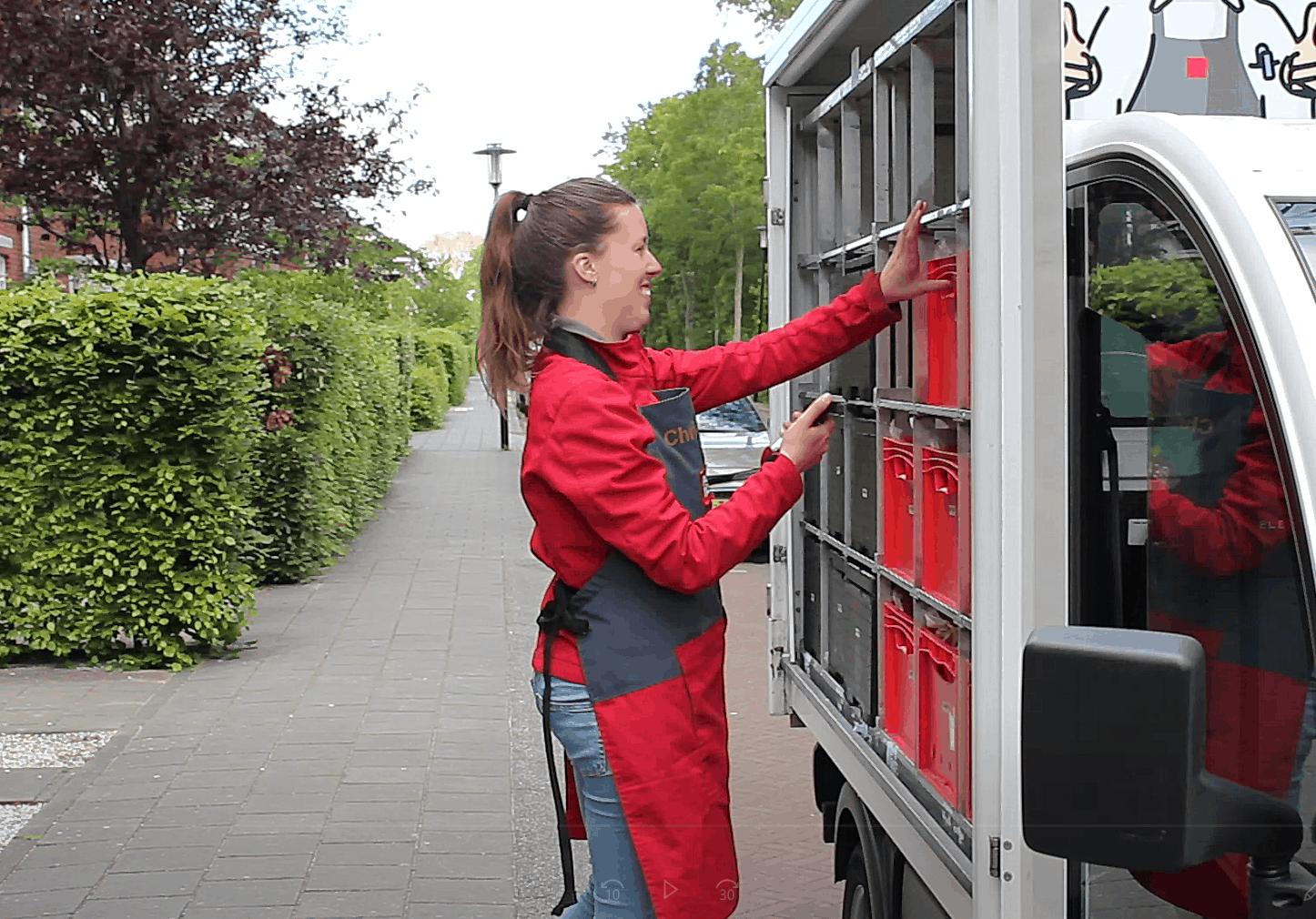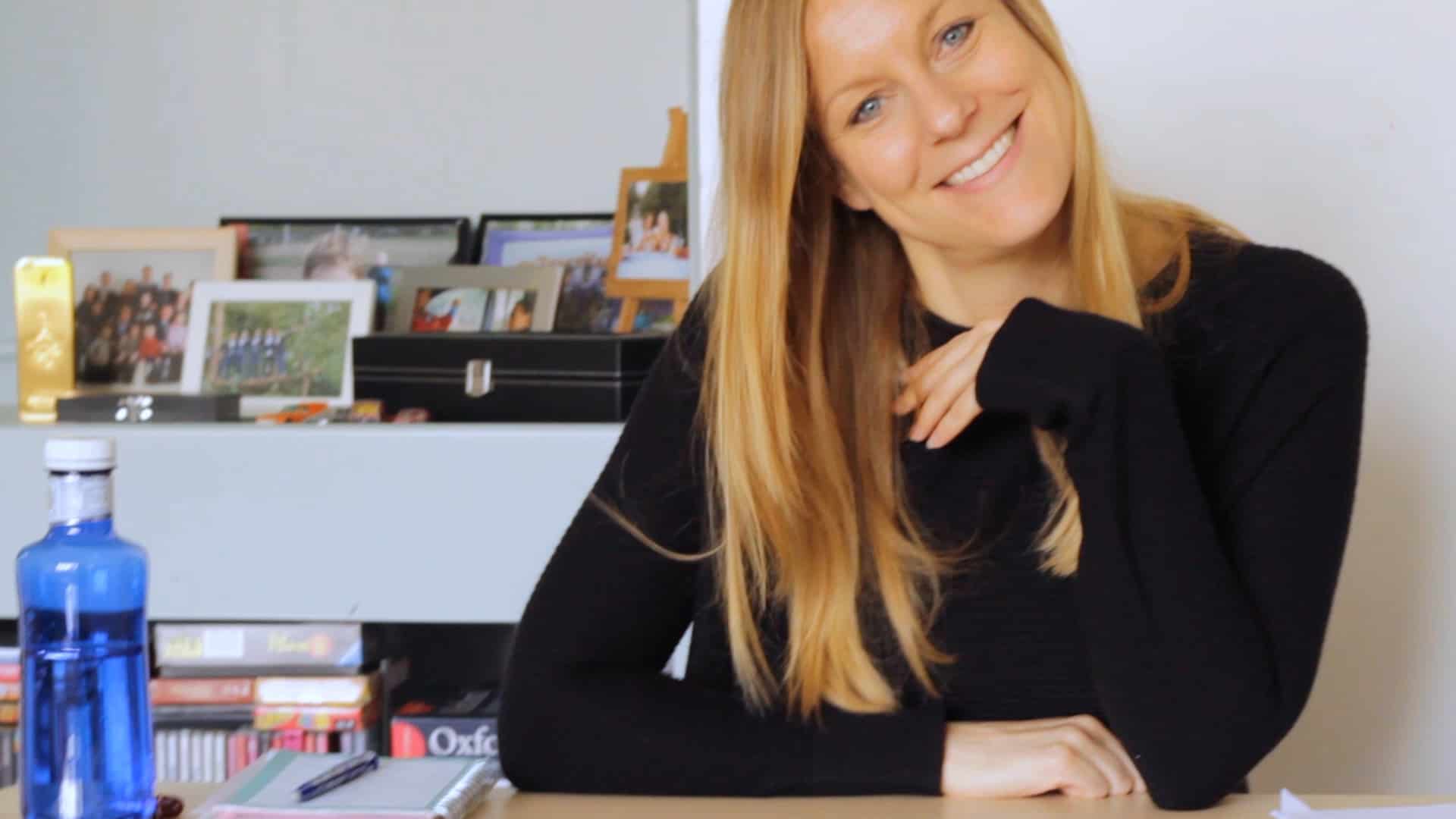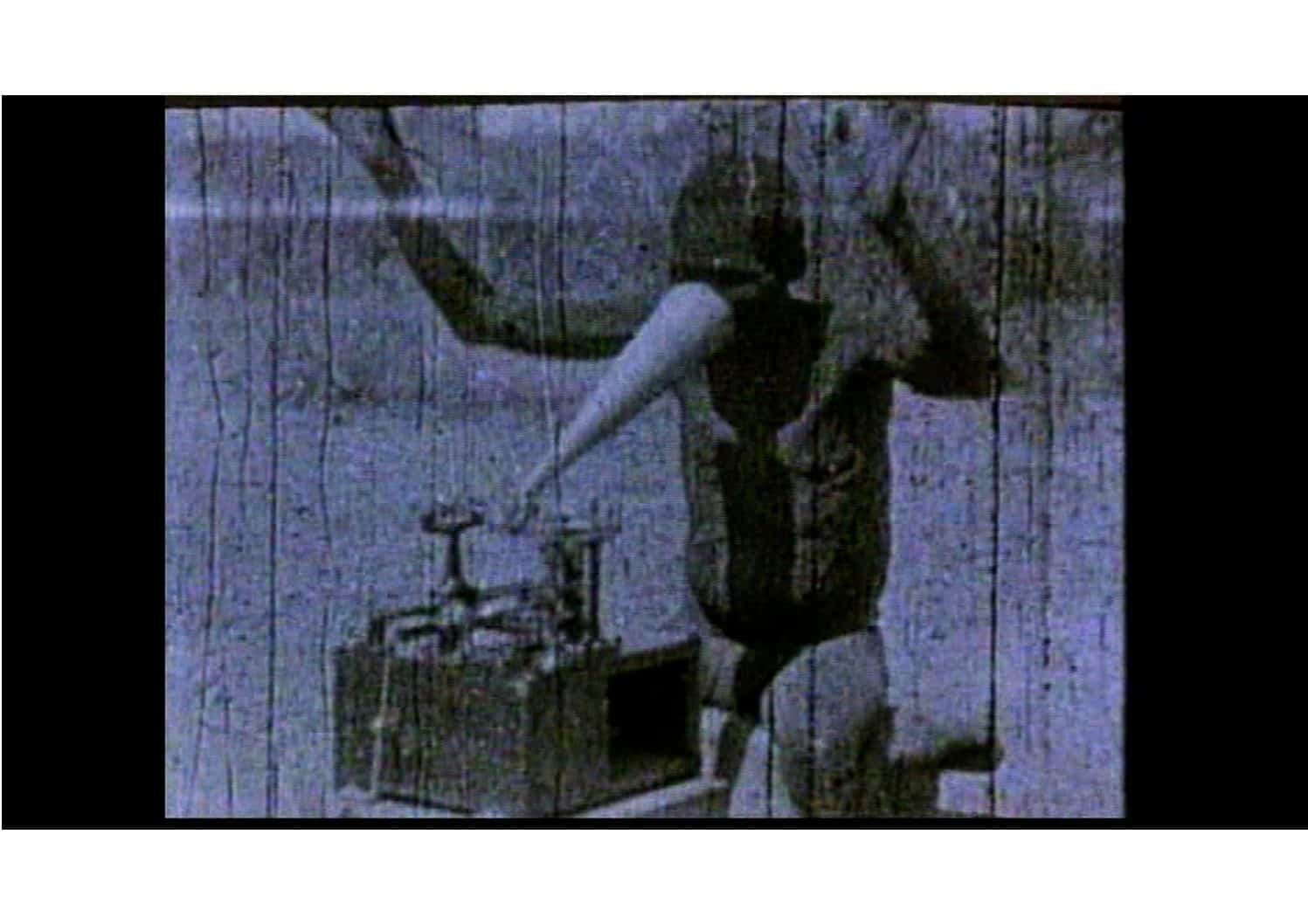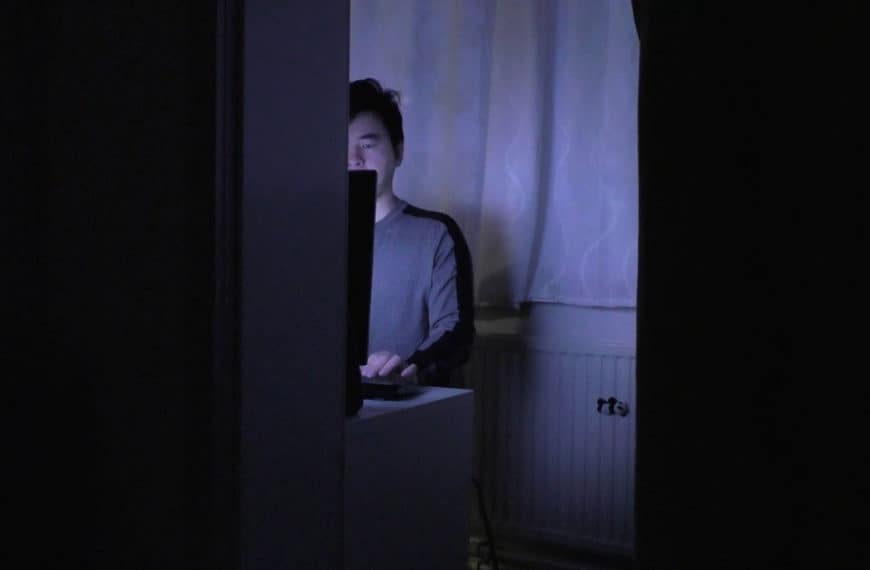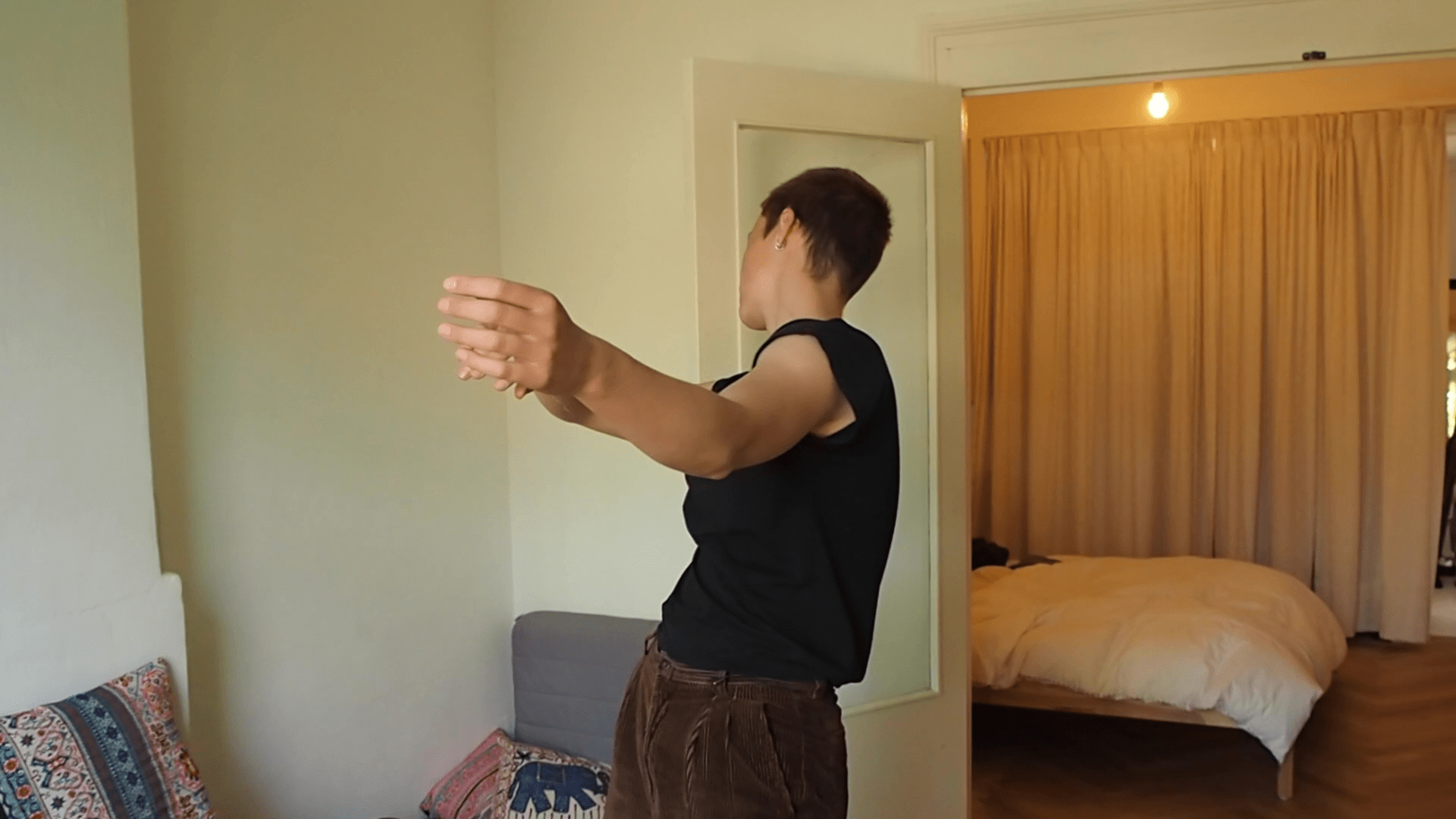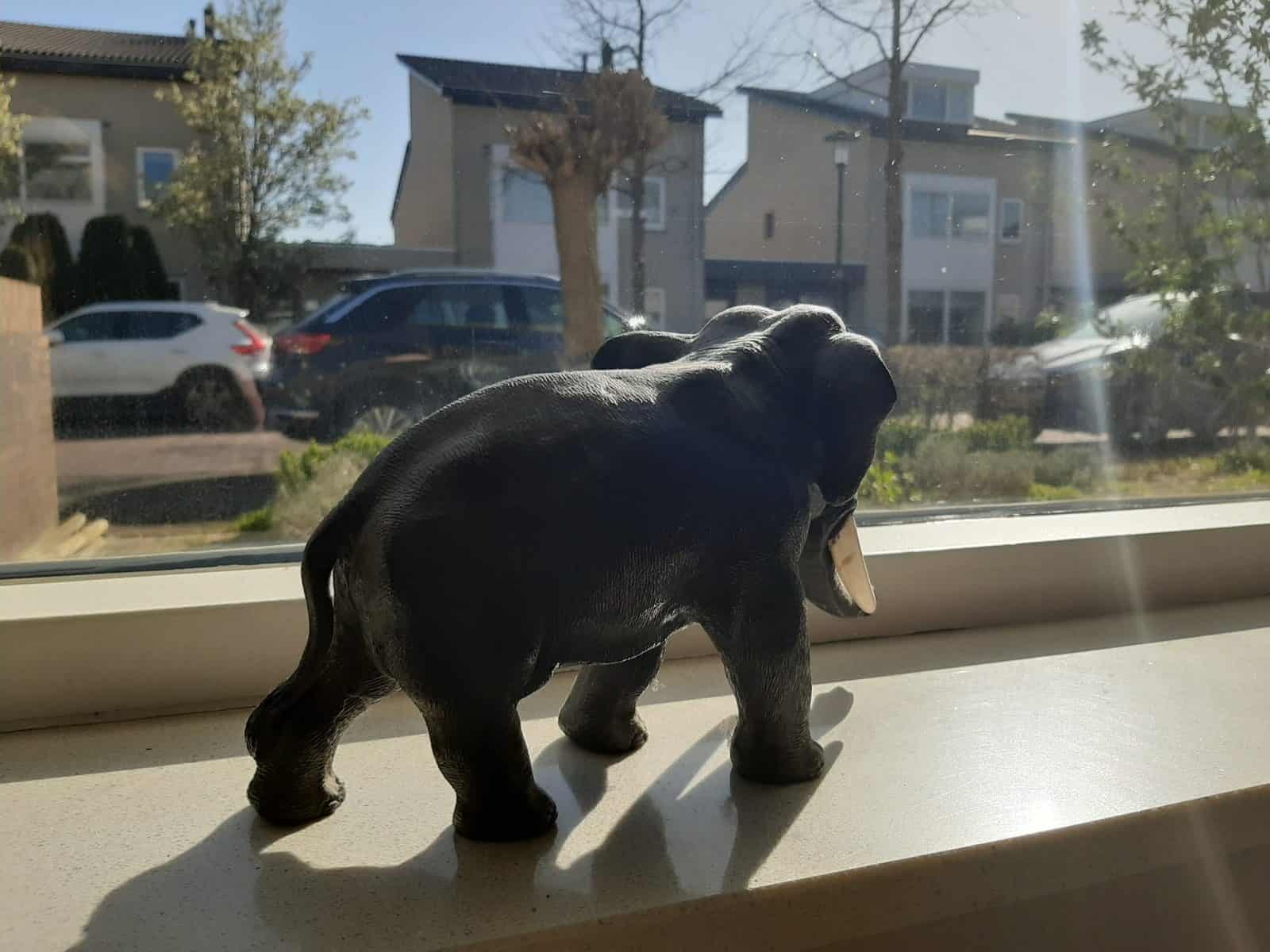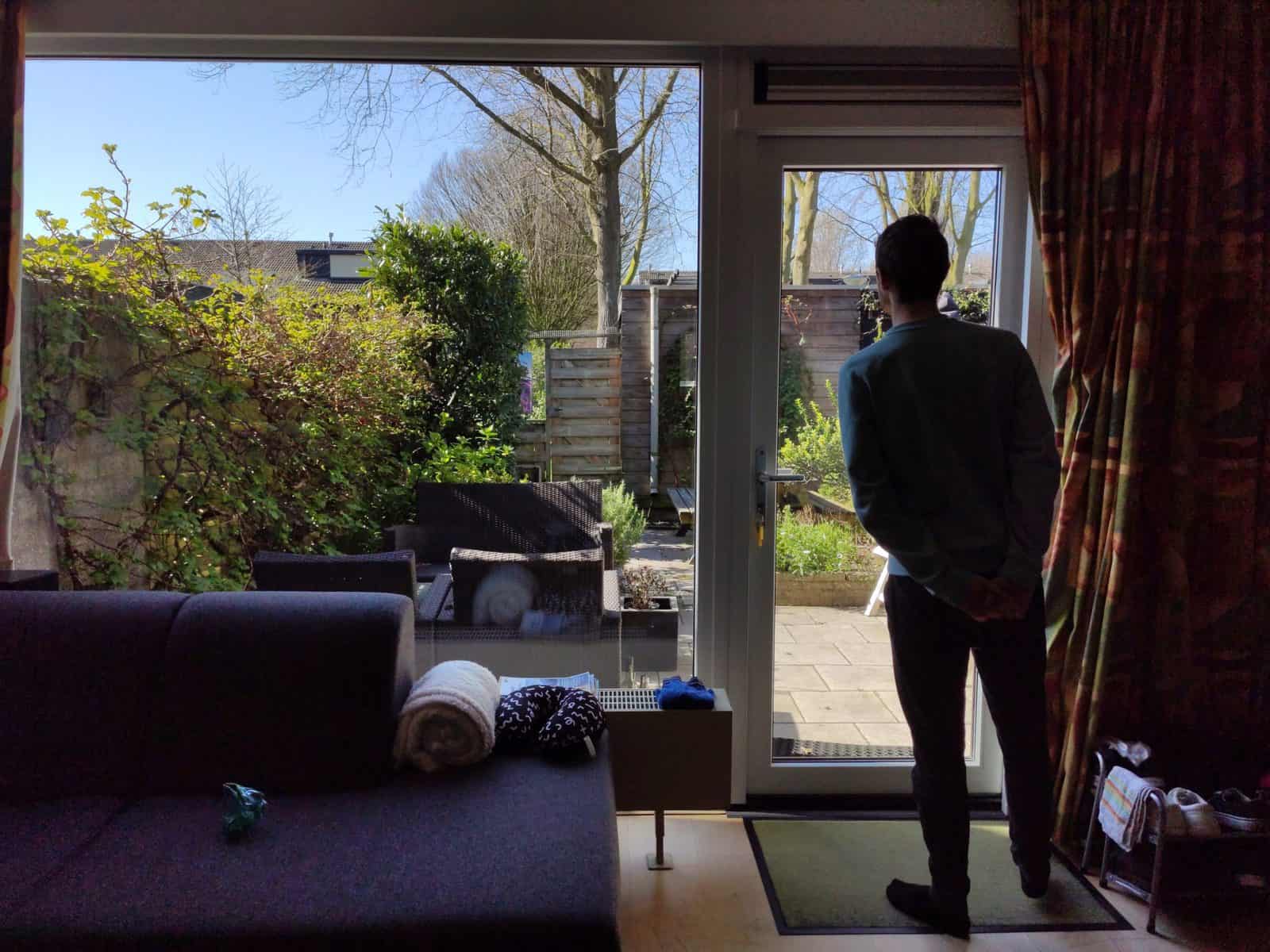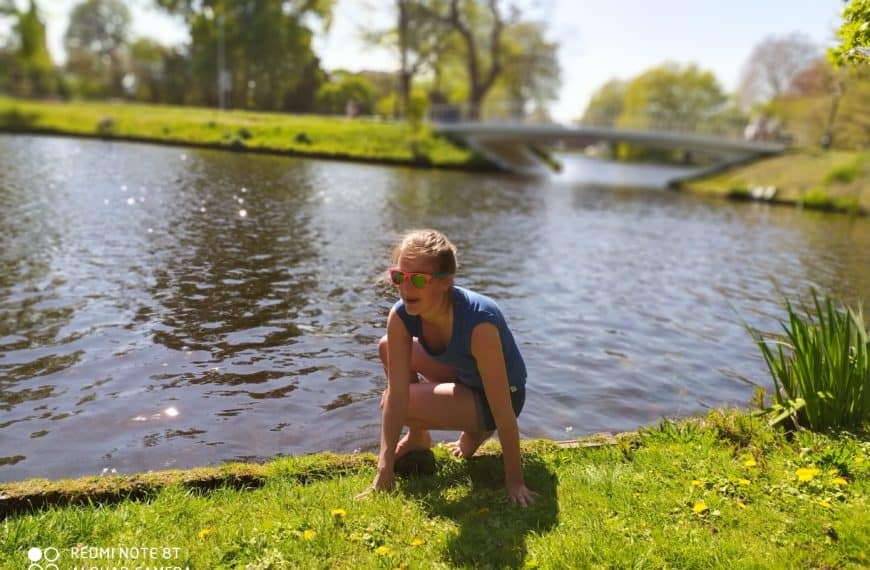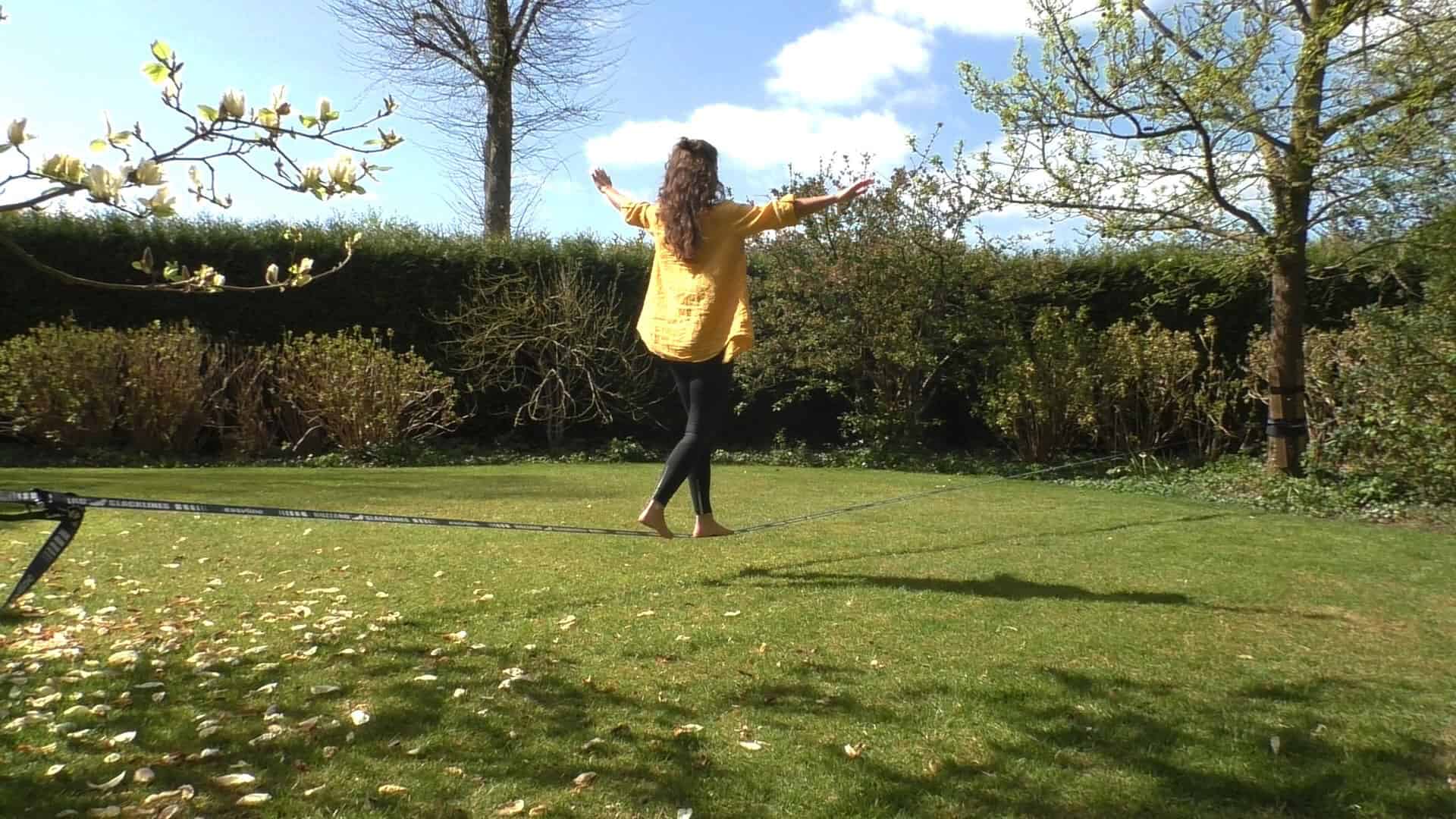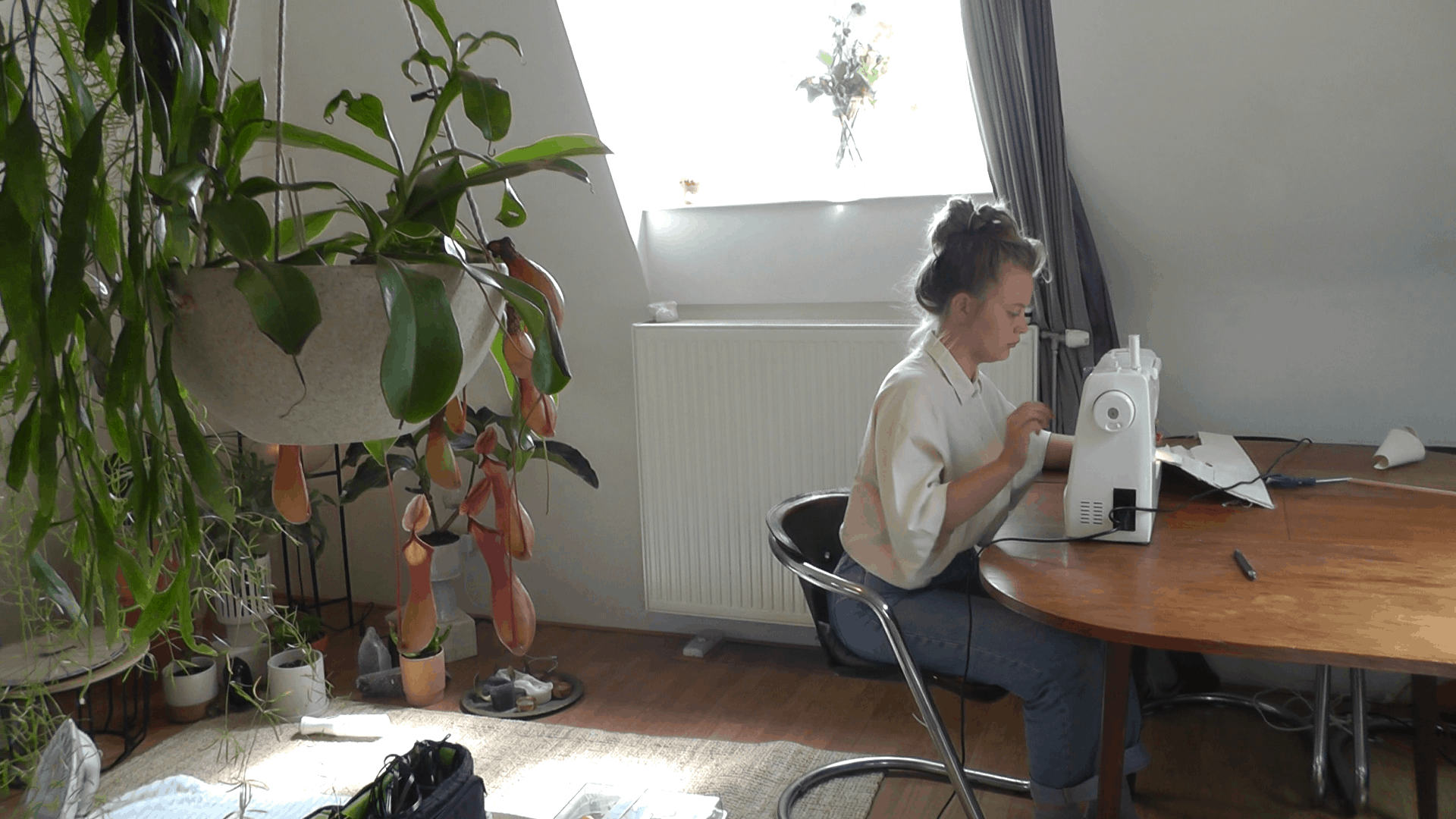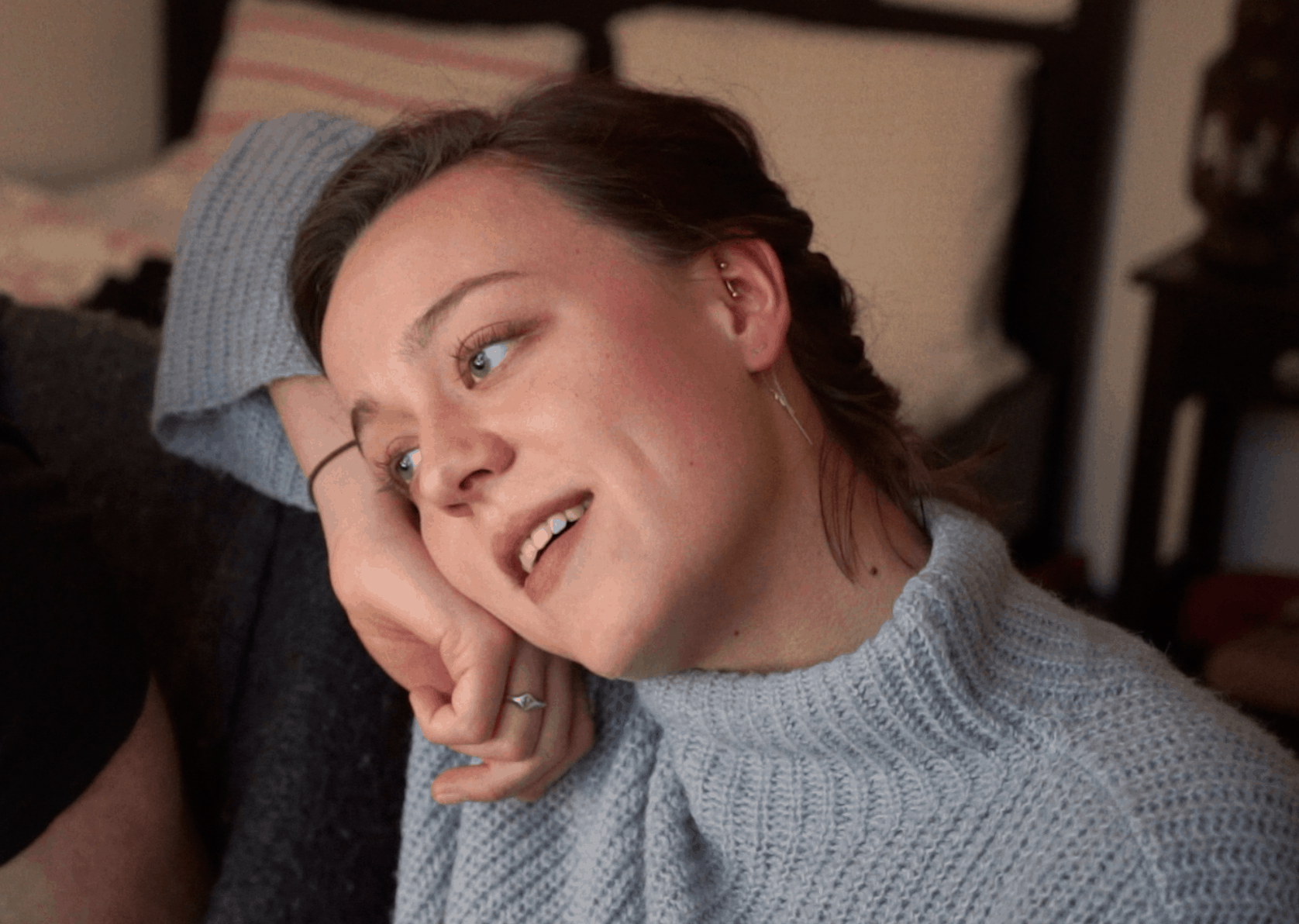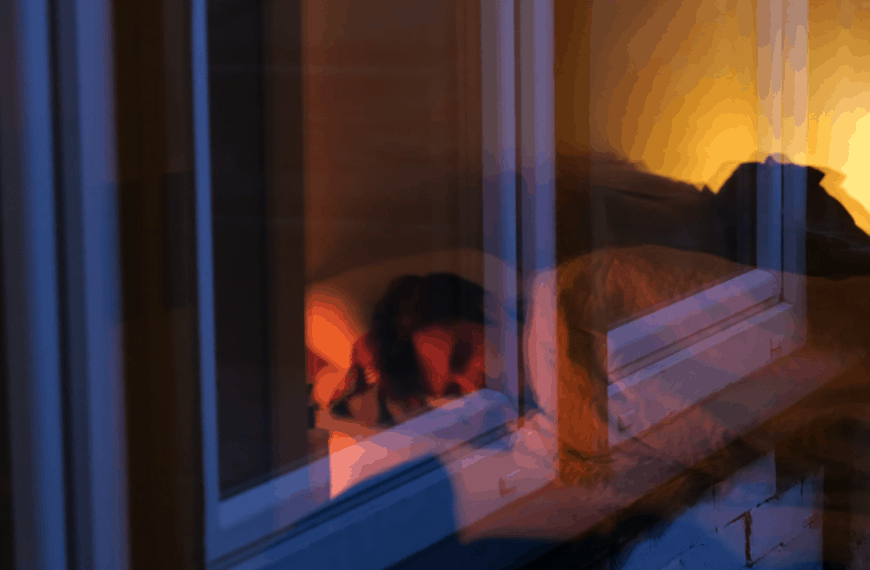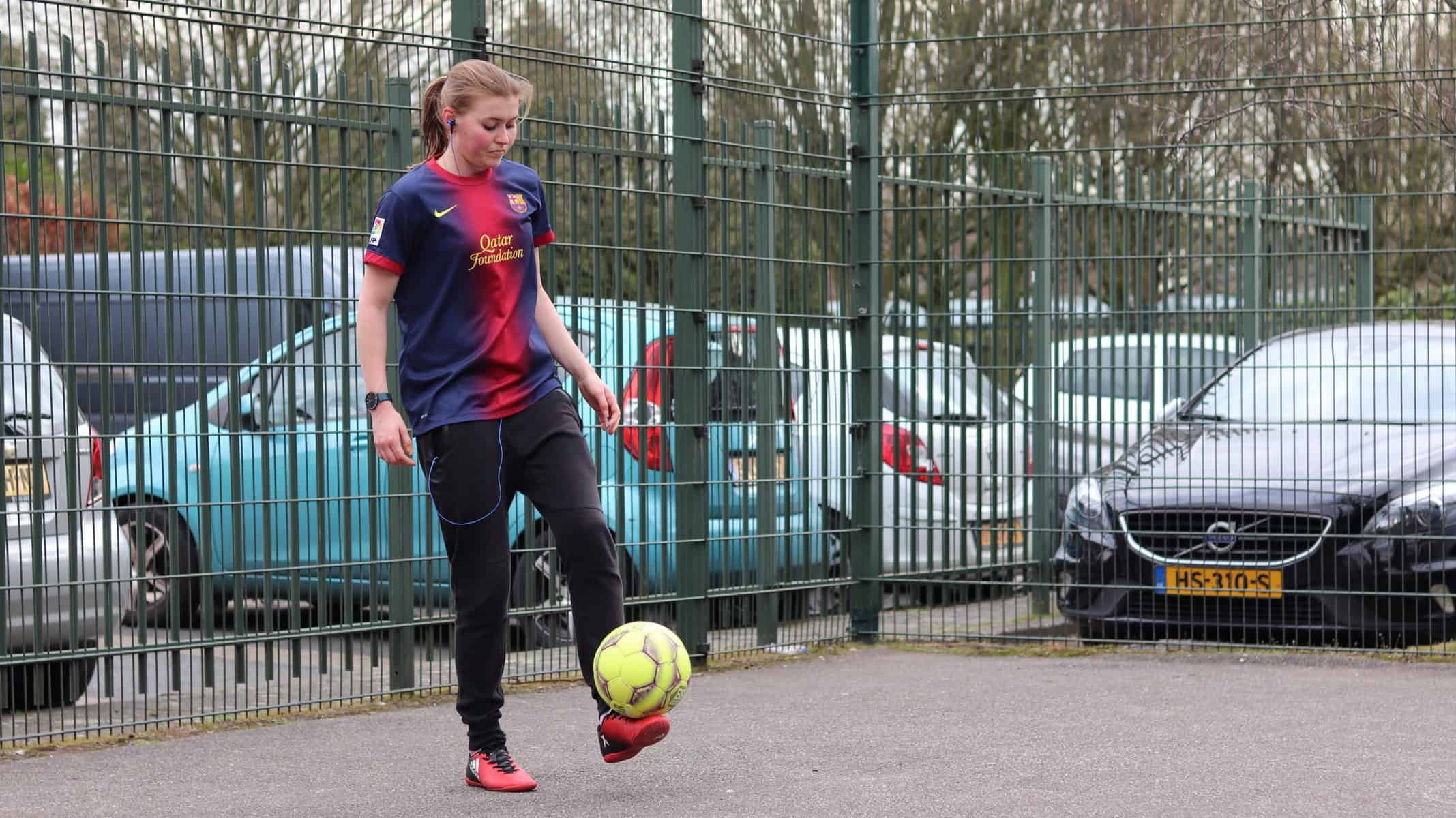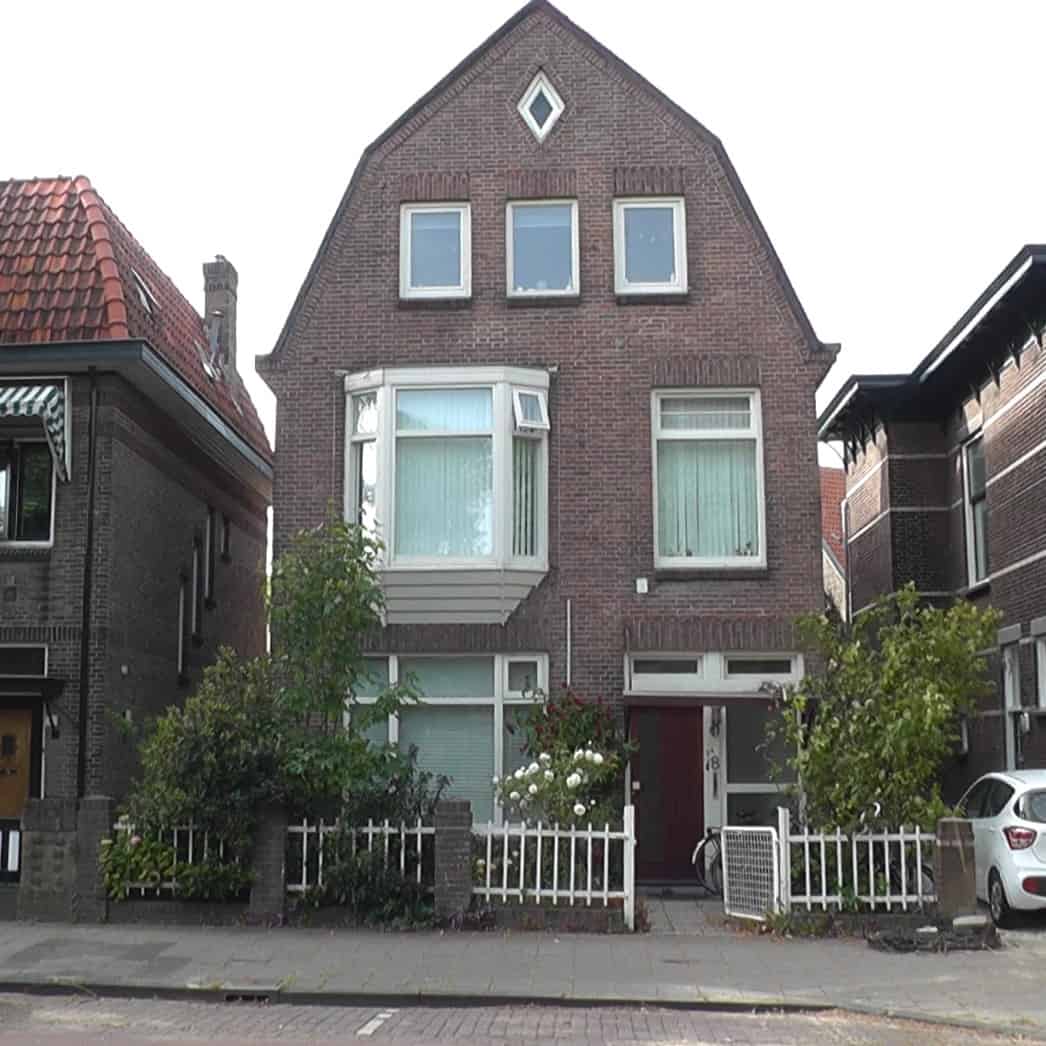Web Introduction

At the beginning of 2020, infectious disease COVID-19, the coronavirus, spread through the world. As coronavirus rapidly grew into a pandemic, governments and supranational institutions rushed in securing ways to stem the contagion and ensure the continuation of basic service supply for their citizens. The lives of those who are not engaged in supporting and tackling the crisis, however, slowly paced down.
As coronavirus brought new worries for collective safety, it also set new challenges for individuals. Under so-called social distancing measures, people’s access to public space decreased, jobs transformed or came to a halt, and people refrained from being in physical proximity to those they do not live with. The changes reshaped sociality and the way people develop their affects. Who they lived with, what spaces they inhabited, and who they wanted or needed to meet gained novel nuances. Remote working, living with partners and flatmates, planning one’s own food supply, managing one’s own time inside and outside the house – all elements that constituted everyday life became visible issues to the eyes of those that have to cope with them.
The students of Visual Methods reflected on the aspects of the new sociality that emerged with social distancing and produced this multimodal research experience. Here, they present how the people that surround them experience the covid-19 crisis, and how they, themselves, engage in visual ethnographic practices while dealing with the new pace of life. Their accounts put under scrutiny how the subjects of their research are living during the crisis, what worries and hope they share, and how they are weaving themselves into new normalities.

